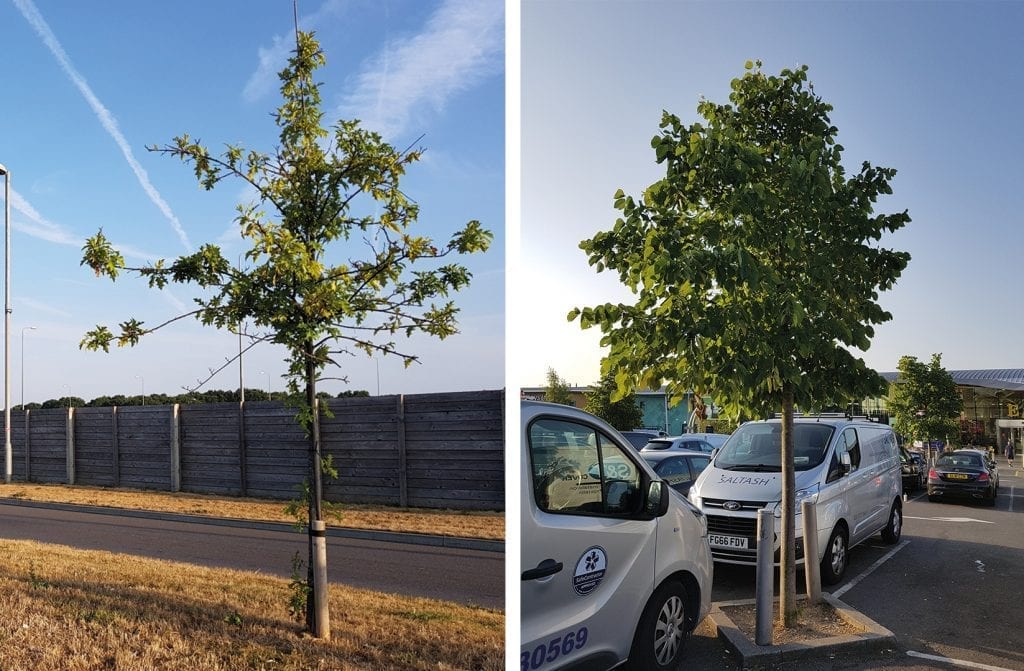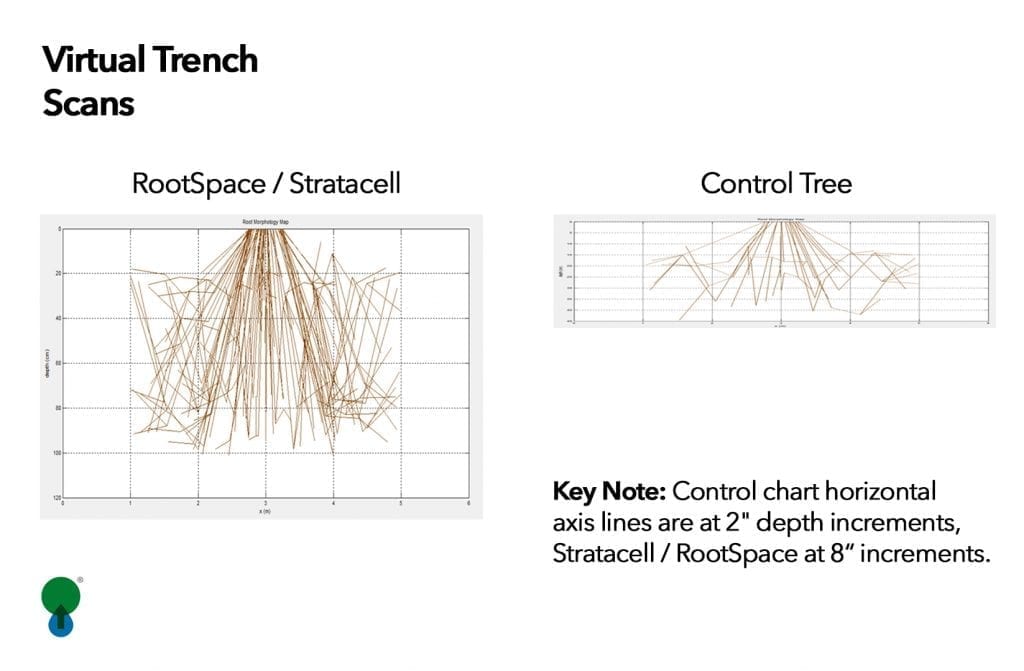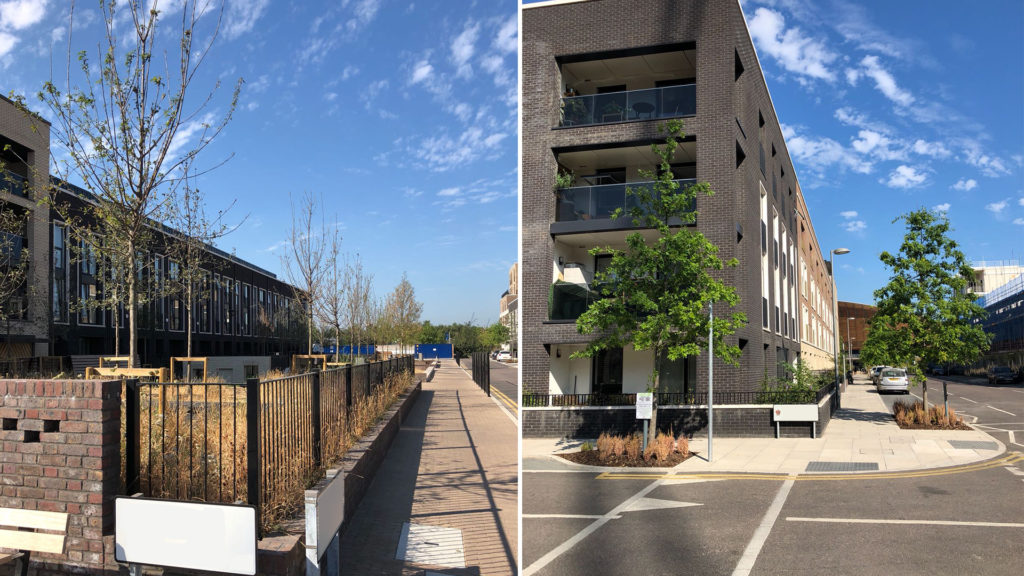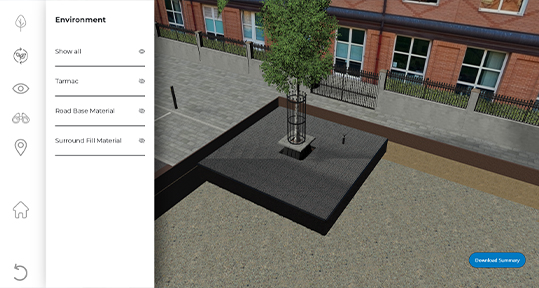Am I the only one noticing that trees are turning colour this year before the end of July? Isn’t it a bit early for autumn colours? Why is this happening this year?
There are a number of influencing factors why and when leaves turn yellow and fall from the trees: generally, it is when the temperature falls, the daylight hour shortens or the autumnal winds blow. But this doesn’t apply right now so what is going on?
Tree leaf vitality is affected by a number of factors, and at this time of the year, the greatest of these is water availability. As trees take up water from the soil, this water, bringing hormones, minerals and nutrients ( known as xylem sap) is carried by the vascular system to the canopy, where the principle of evapotranspiration can take place, climatic conditions allowing. This process helps create a cooler micro-climate around the canopy of the tree (or plant – all green plants carry out evapotranspiration to some extent) and prevents desiccation of the leaf, and damage to the tree. It is noticeable that trees adapted to hot climates have smaller glossy leaves which transpire less – coping with less rainfall and higher air temperatures. Therefore the higher the ambient temperature, the more water the tree requires to regulate the leaf condition.

This Year so far has seen low rainfall overall – some areas experiencing unprecedented dry months, which is impacting tree canopies. In areas where trees are planted in good soils, with a decent depth of soil, enough moisture is retained to keep the trees green. However, where soil depth or quality is compromised, we see these trees turning brown, and dropping leaves.
This is how a tree reacts to a lack of moisture: to protect itself from drying up, the first emergency measure is to close the leaf stomata – the minute openings in the leaf surface which allow evapotranspiration to take place. Some tree species such as the Silver Lime (Tilia Tomentosa) turn their leaves upside down to show a lighter and more sunlight-reflective side to the sunlight and therefore minimise water loss. Secondly, the tree will then resort to cutting off sap flow to the furthest leaves from the roots to minimise water travel and finally will drop all of its leaves to save the water resources for next year – in effect, go into a dormant state prematurely. Worryingly, in some cases this can be fatal to the tree – embolism or cavitation can occur where an “air lock” forms in the xylem of the tree, which blocks flow permanently to the canopy, and one side or the whole tree can die. This appears to happen most often in trees planted in poor water-holding mediums in the early establishment years.

Whilst species choice can significantly affect how trees will cope in our increasingly hot and dry summers, correct planting specification is even more important. GreenBlue Urban have 30 years of experience in getting trees to thrive in challenging environments and in all climates across the world and is uniquely placed to assist you with your planting questions. Accurate soil specification and testing is probably the most critical part of any tree planting specification, and then maintaining that soil in a healthy state, with a good balance of aggregates, silts and clays, organic elements, water and air to assist the micro-biological and fungal activity to help the tree and planting to flourish.
Our urban tree canopy is under increasing pressure; impermeable surfacing means that less water is able to infiltrate into the rooting zone, and the use of poor water-holding mediums such as the so-called ”structural soils”, is leading to premature leaf drop. It is noticeable in many urban locations that whilst trees in GreenBlue Urban soil cell systems are healthy and green, trees planted in other mediums are struggling, and have to be given supplementary irrigation via watering bags. This level of maintenance is not sustainable, and is adding to the water supply challenges rather than helping them – trees must be planted in a way which allows them to quickly become independent in the landscape – rather than being artificially kept alive through the long-term use of potable water.

Droughts have become more commonplace in our urban areas, which was how GreenBlue came into existence back in 1992, now in our 30th year, GreenBlue Urban continue to invest heavily in developing solutions which will help us be climate change ready.
We must be more thoughtful about tree planting.
Better species choice (tree species which can cope with hotter air temperatures, reflected heat, and less water availability) and improved planting specification will become vital if our tree canopy cover is going to be maintained – let alone increase. and enable future generations to inherit a sustainable and resilient urban landscape – all created in harmony with nature.





